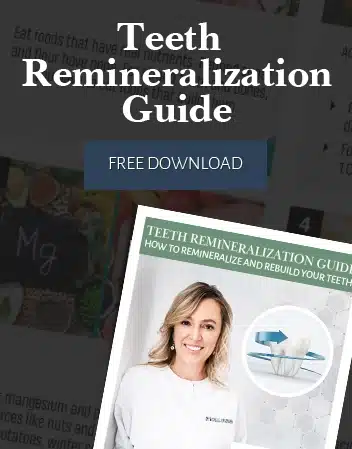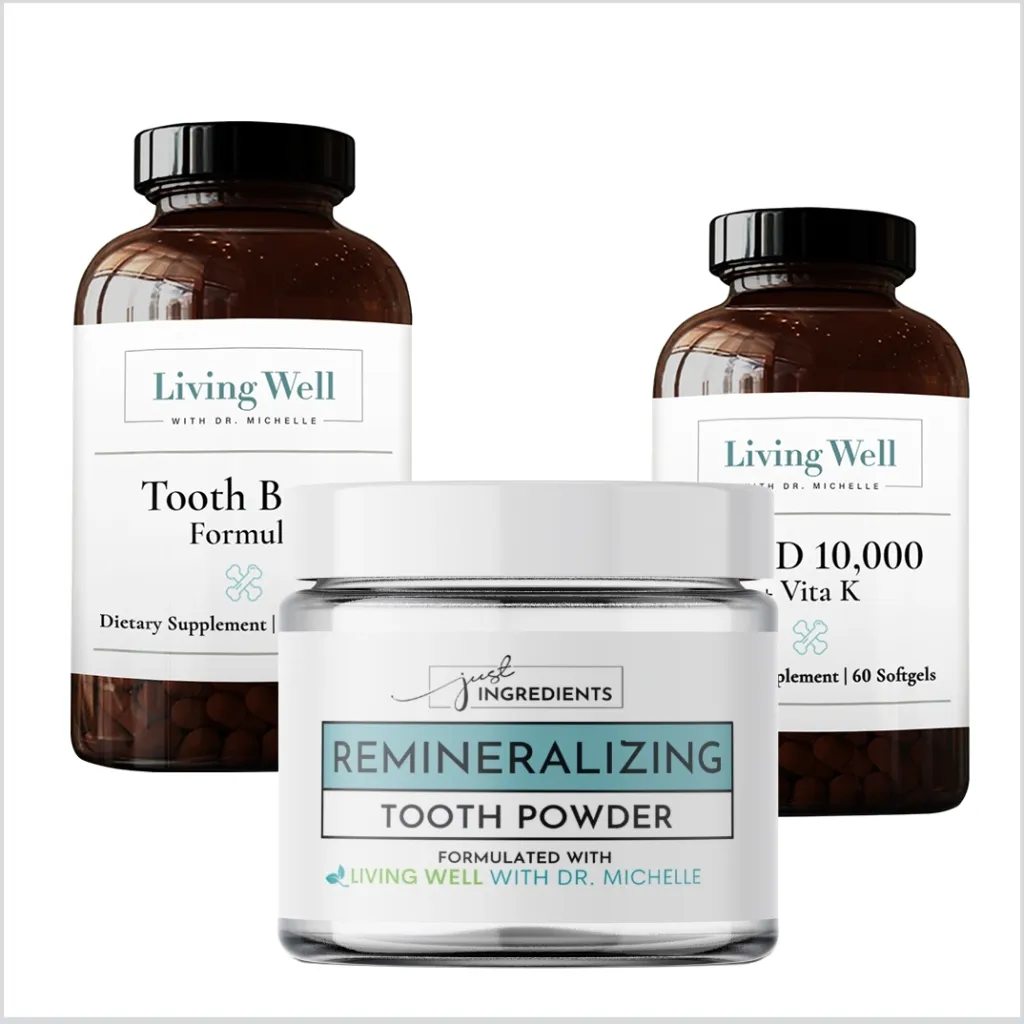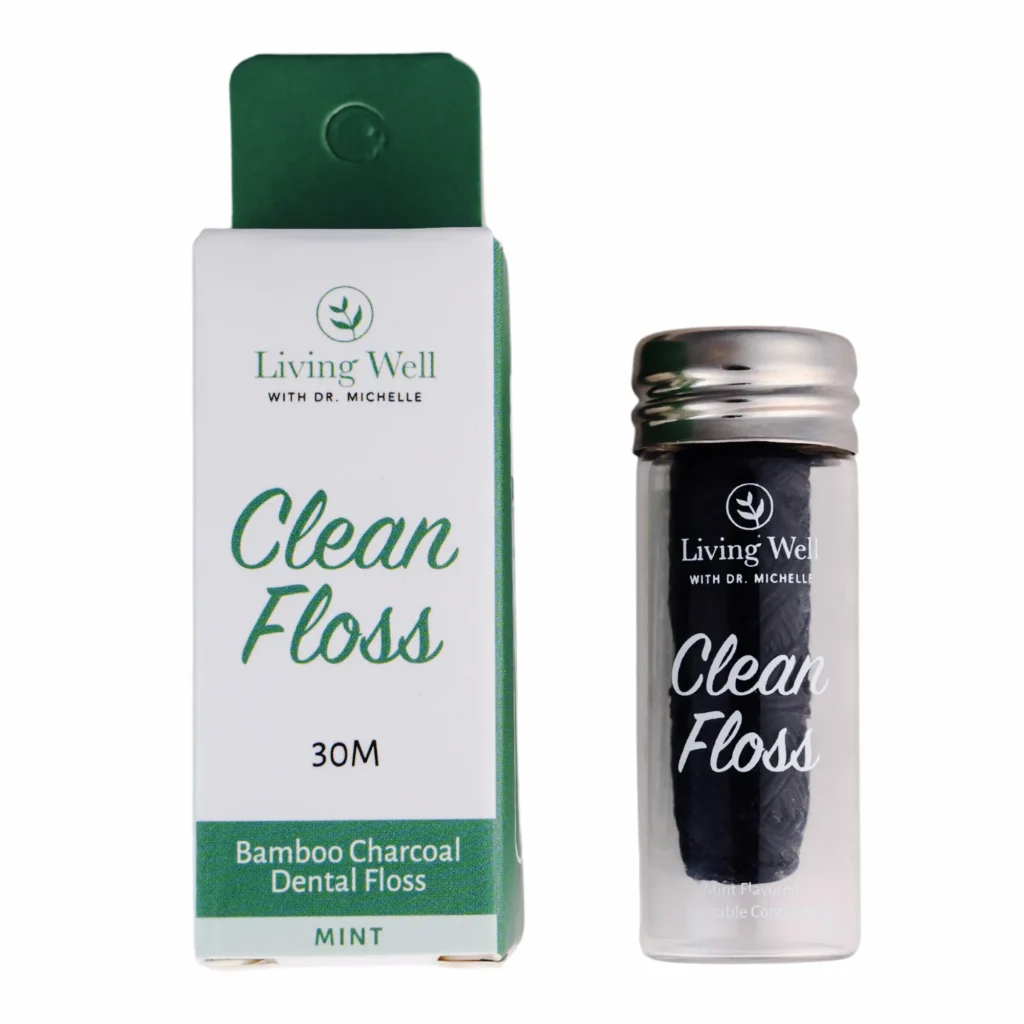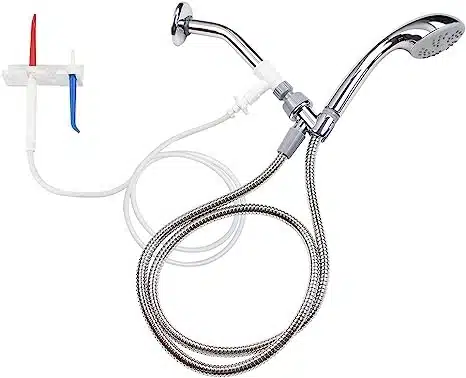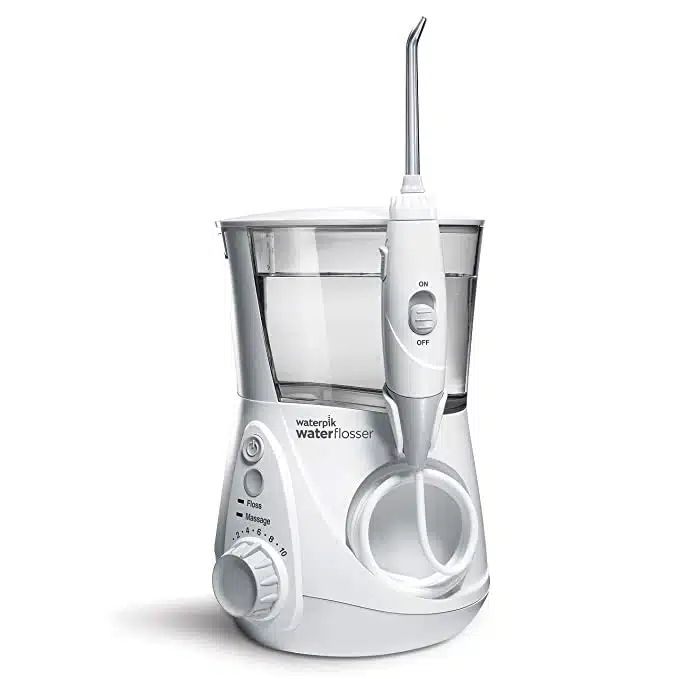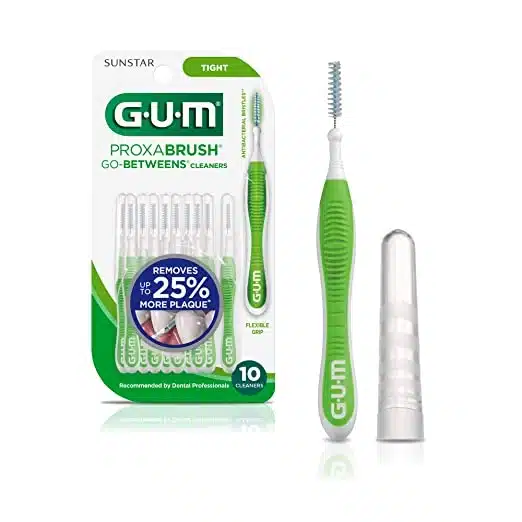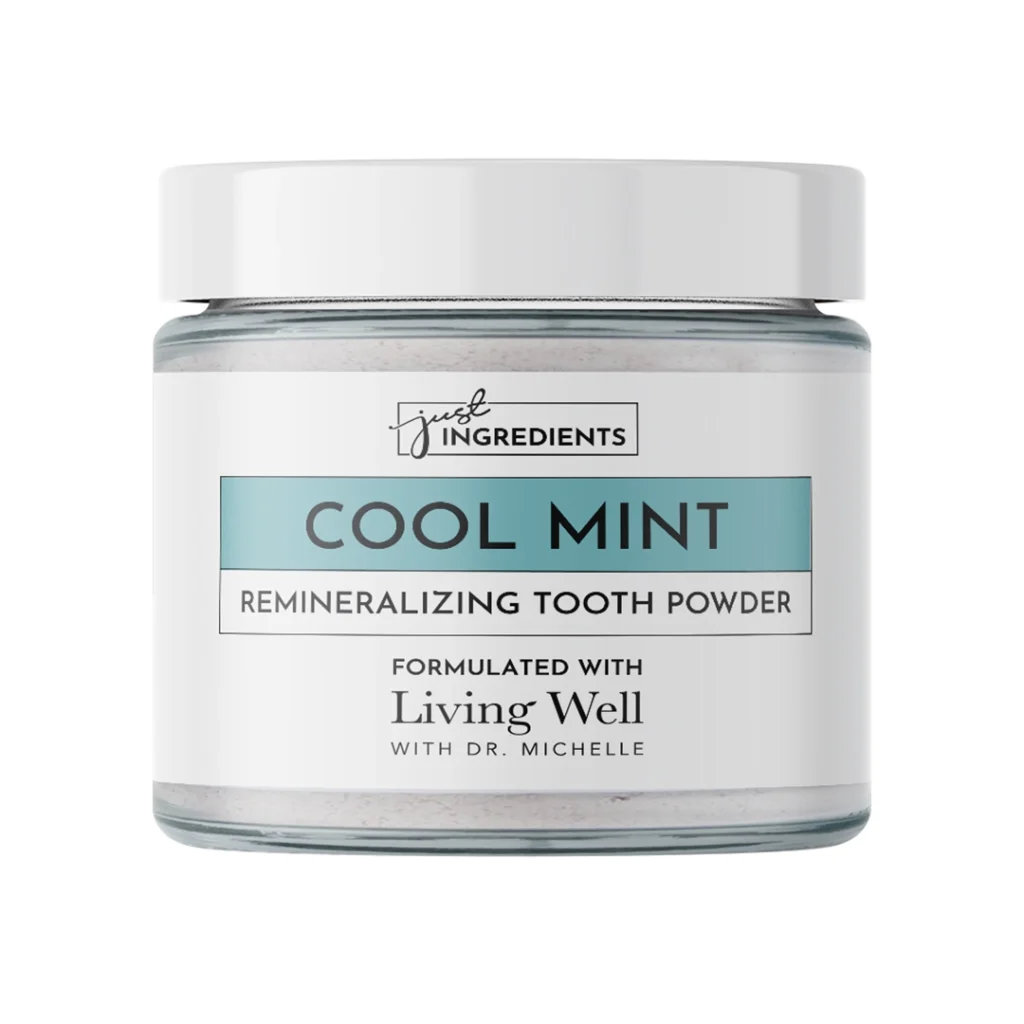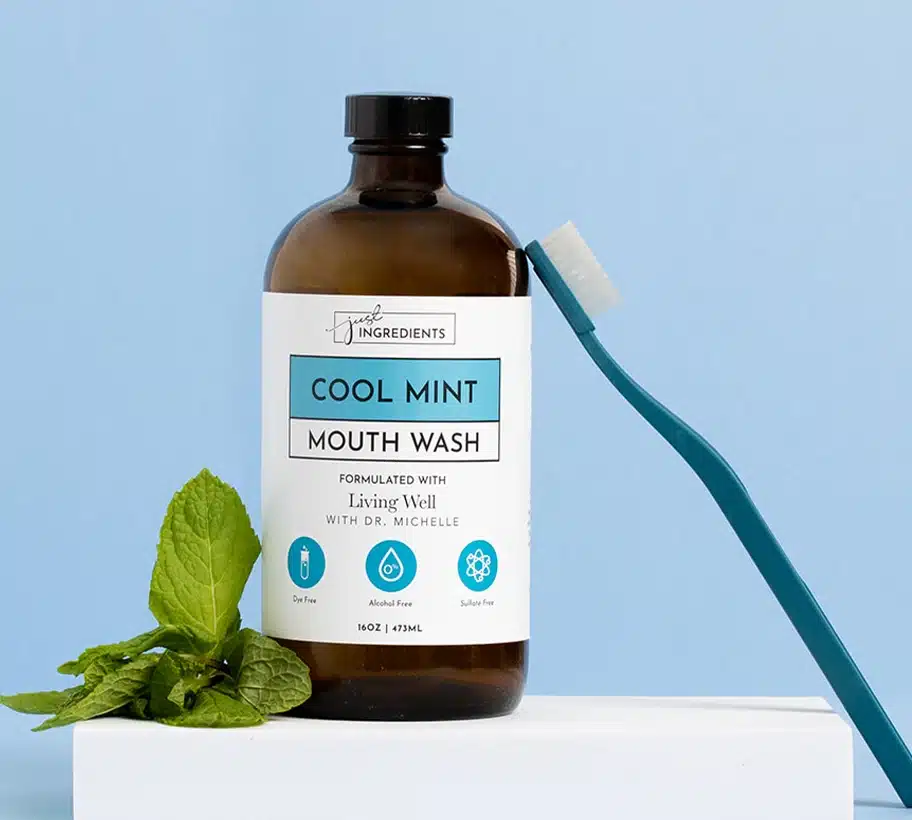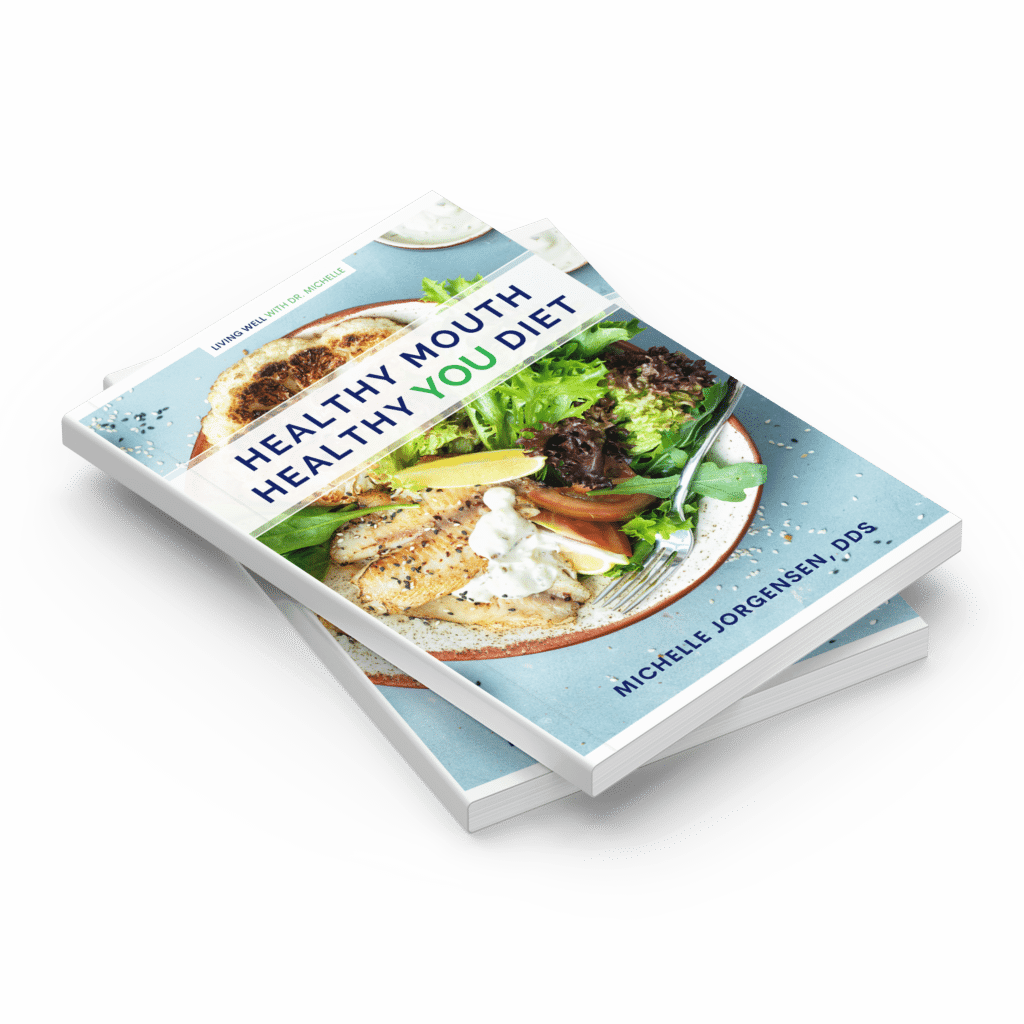
Dr. MIchelle Jorgensen
Cleaning Between Teeth: Why It Matters More Than You Think
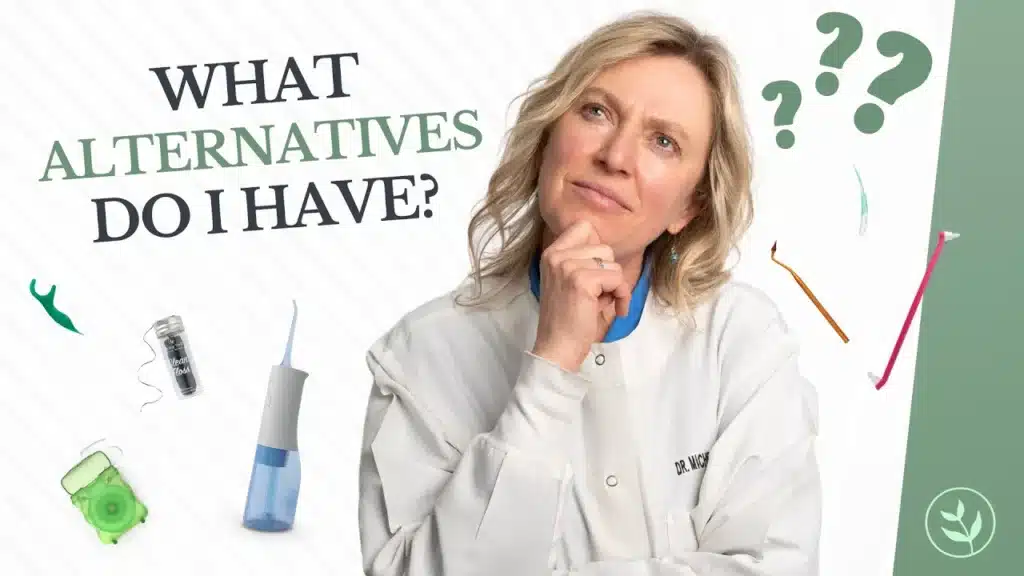
When you think about keeping your teeth clean, you probably picture brushing twice a day. While brushing is important, there’s a hidden part of your mouth that brushing alone can’t fully reach: the spaces between your teeth.
These tight spots are where plaque, food particles, and bacteria love to hide. And when left untouched, they can lead to tooth decay, gum disease, bad breath, and even problems that affect your whole-body health. At Total Care Dental, we understand that a truly healthy smile starts in these small spaces. That’s why we’re passionate about interdental cleaning.
In this guide, we’ll explore why cleaning between your teeth is essential, the most effective ways to do it, and Dr. Michelle’s top product recommendations that make the job easier and more effective.
Why Cleaning Between Your Teeth is So Important
Your toothbrush does a great job cleaning the front, back, and biting surfaces of your teeth. But it can’t get between them—especially those tight spaces where plaque buildup begins. That’s where interdental cleaning tools come in.
When you clean between your teeth regularly, you’re helping to:
Remove plaque and food particles that cause decay
Prevent gum inflammation and gum disease
Reduce bad breath
Support a healthy mouth and overall oral hygiene routine
Protect dental work like crowns, implants, and bridges
It’s one of the most effective ways to take care of your teeth that many people overlook.
Flossing: Helpful, But Not Always the Best
Traditional dental floss is a solid place to start. But it’s not ideal for everyone. Some people find it difficult to use properly, especially around back teeth, and it can be less effective for patients with larger gaps or dental appliances.
That’s why we encourage exploring other interdental cleaning tools to find what works best for your mouth. Here’s what Dr. Michelle recommends:
Dr. Michelle Recommends: Top Tools for Interdental Cleaning
1. Bamboo Charcoal Dental Floss
Unlike traditional floss, this woven, textured floss removes more debris and even helps reduce staining. It includes natural bamboo charcoal for its antimicrobial benefits and contains no harmful chemicals like BPA or PTFE.
2. Shower Flosser
This clever tool hooks right up to your showerhead. It uses water pressure to flush out debris from between your teeth, all while you shower. It’s fast, effective, and surprisingly fun to use.
3. Water Irrigator (Waterpik)
For a powerful, targeted clean, a countertop water flosser is a great option—especially if you have dental implants, braces, or other dental work.
4. “Christmas Tree” Interdental Brushes
Also called Proxabrushes, these look like tiny Christmas trees and are perfect for larger gaps or cleaning around bridges. They’re especially helpful if floss just doesn’t cut it.
🎥 Watch Dr. Michelle’s Video About Cleaning Between Teeth
Watch my quick guide to interdental cleaning, where I demonstrates my favorite tools in action.
Bonus Tip: Don’t Forget the Rest of Your Routine
Cleaning between your teeth is essential—but it’s just one part of a healthy, holistic oral health routine. We also recommend:
Remineralizing Tooth Powder
A clean surface is great—but keeping your enamel strong is even better. Our tooth powder helps rebuild tooth enamel with calcium and hydroxyapatite (the minerals your teeth are made of!).
Remineralizing Mouth Rinse
Boost your daily rinse with a mouthwash that supports your body’s natural healing. No harsh chemicals—just mineral support and essential oils.
Final Thoughts: Small Tools, Big Impact
Whether you’re using floss, water flossers, or interdental brushes, the key is consistency. Cleaning between your teeth just once a day can protect against plaque buildup, reduce your risk of tooth decay, and support a healthy mouth for life.
At Total Care Dental, we believe your oral health is connected to your whole-body wellness. That’s why we recommend tools and techniques that go beyond brushing—and empower you to take charge of your health at home.
Ready to Take the Next Step?
If you’re unsure which interdental cleaning tools are right for you, or you’re due for a check-up, we’d love to help.
👉 Schedule your personalized consultation at Total Care Dental today and let’s create a care plan that works for your whole body.

Dr. Michelle Jorgensen
Dr. Michelle Jorgensen is an author, speaker, teacher, biologic/holistic dentist, and health and wellness, provider.
Dr. Michelle Jorgensen is also a Board Certified Traditional Naturopath and has received certifications as a Therapeutic Nutritional Counselor, and a Certified Nutritional Autoimmune Specialist. She completed a Holistic Dental Mini-Residency and is pursuing ongoing training from experts around the world in health-related fields.
Dr. Jorgensen also teaches and coaches groups of dental professionals across the country through her Living Well Professionals training. They learn how to integrate dentistry with other health disciplines to provide an integrated, whole body approach to care.

